📈🤖🎨: 🌌🔥 & 👻👥
At the dawn of the digital era, the mantra "seeing is believing" was our guiding principle. Today, this age-old adage stands at a critical crossroads with advancements in artificial intelligence, particularly in imagery generated by Large Language Models (LLMs). Understanding emerging techn and their impact is deeply embedded in the mission of We Are Lyrical.
We live in an age of marvels.
A single click can conjure lifelike images of landscapes, celebrities, historical figures, and even dreamy scenarios that seem to leap straight from a storybook. But behind these visual symphonies lies a question looming large: What happens when our digital conjurings mirror the biases of our past and present? When underrepresented groups remain marginalized, even in the pixelated realm?
The Mechanics Behind the Mirror
To grasp this, one needs to understand, albeit briefly, how these AI systems function. LLMs are massive datasets trained on vast swaths of the internet. They absorb content, learn patterns, and then reproduce imagery or language based on those patterns. Herein lies the problem: if the data it's trained on is biased, the outputs often are too.
The Unseen Majority
For every dazzling image the AI produces, countless others perpetuate stereotypes, misunderstand cultures, or entirely omit significant groups. From the subtle to the glaring, these omissions and misrepresentations paint an incomplete and often distorted picture of our diverse world.
Take, for instance, a young girl from an indigenous tribe searching for representations of her own community. If her quest leads to outdated, tokenistic, or plainly stereotypical images, the platform inadvertently reinforces harmful stereotypes instead of showcasing the richness and nuances of her culture.
A Broader Implication: Digital Colonialism
While it might seem that we're discussing images and their immediate effects, the ramifications run deeper. We're navigating a new era of digital colonialism. Just as history was often written by victors, today's digital content—especially AI-generated—risks being monopolized by dominant cultures and ideologies.
This isn't merely about a single image that doesn't do justice to its subject. It's about how these images collectively shape global perceptions. In an age where screens are our primary windows to the world, distorted representations can profoundly affect policy, education, and intercultural understanding.
The Generational Bridge
Whether you're a Gen Z native, fluent in the language of memes and TikTok, or a Baby Boomer who remembers the days of waiting for a single photograph to develop, this affects you. Why? Because images form the bridge between generations, helping convey history, values, and stories. If that bridge is unstable or skewed, it leads to generations growing up with a warped sense of identity and history.
Towards a More Inclusive Pixelated Future
So, where do we go from here? A three-pronged approach is paramount.
- Education: It's crucial to understand that no tool, not even the most advanced AI, is neutral. The biases it holds are a reflection of what it's been fed. Schools, colleges, and even online learning platforms should introduce modules that shed light on the intricacies of digital content generation, its pitfalls, and its immense potential.
- Intervention: Tech developers and companies hold significant responsibility. Investing in diverse teams, continually refining algorithms to detect and rectify biases, and sourcing data from diverse repositories can pave the way for more inclusive content.
- Representation: The digital landscape is a reflection of our world, and representation matters for it to be truly comprehensive and inclusive. This means:
- Content Diversification: Creators, writers, and developers should be encouraged to produce content that resonates with a broad audience, encompassing different races, ethnicities, genders, abilities, and experiences. This not only helps in making content more relatable but also in fostering empathy and understanding across diverse user groups.
- Amplify Underrepresented Voices: Platforms can play a significant role by promoting and highlighting voices and content that have historically been marginalized or overlooked. This can ensure that a variety of perspectives are not just present but actively promoted.
- Incorporate Feedback Mechanisms: Allow users and consumers of digital content to provide feedback on representation issues. When companies and creators are open to feedback, it offers a chance to course-correct and learn, promoting a culture of continuous improvement in representation.
By marrying education, intervention, and representation, we can hope for a digital world more conscious of its biases and actively striving towards inclusivity. It's also on media outlets, creators, and every individual to call out and counter biased representations. A collective global effort is needed to right past wrongs.
Concluding Pixels
As we stand at the intersection of technology and ethics, it's worth pondering what kind of digital legacy we wish to leave behind. The imagery we create and consume today will shape the perceptions of tomorrow. With the tools of AI at our fingertips, we have the power not just to mirror our world but to envision and create a world that truly celebrates its vibrant tapestry of cultures, experiences, and histories. It's a call to action, a pixelated challenge, for every one of us.

